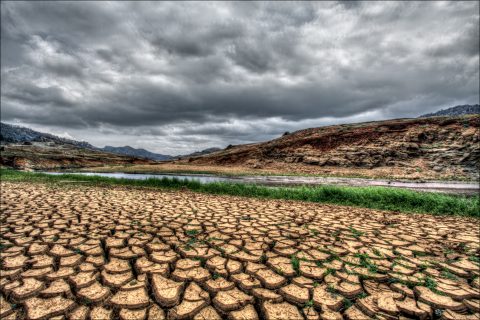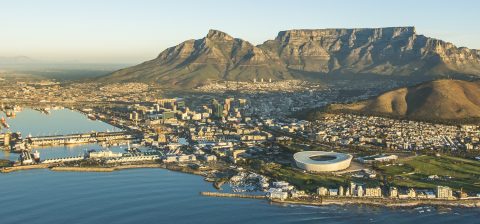Made in SA
A Fine Vintage
Abrie Beeslaar has every reason to be proud. The cellar master of Kanonkop Wine Estate was crowned International Winemaker of the Year 2015 in the prestigious International Wine and Spirit Competition in December. It is the second time that he has won this prestigious award (the first was in 2008). Kanonkop’s 2012 Pinotage also won the vineyard South African Producer of the Year 2015.
Yet, in an interview with website Drinksfeed after winning the award, Beeslaar was strangely downbeat on the subject of South Africa’s standing as a wine-making nation. “Despite a wine industry with a history that stretches back to 1659, and the quality of our wines, South Africa struggles to maintain an image of premium quality in the international marketplace,” he said.
“The SA wine market has always been split into two distinct parts,” says renowned wine judge, columnist and founding member of Wine of the Month Club, David Biggs. “There’s the very competitive top end, with wines like Vergelegen’s V and Waterford’s The Gem, and Delheim Grand Reserve, all costing close on R1 000 a bottle, and considered a bargain by wine lovers in Europe and America, where the exchange rate makes them great value,” he says. “They are judged on the opinions of internationally respected wine gurus like Robert Parker. If he gives a wine 90 points out of 100, it’s likely to sell well overseas.”
Biggs says the circle of wine connoisseurs is very small, so there are never massive sales, and good wines are a status symbol, much like a Rolex would be. This market segment, however, is only a small part of South Africa’s overall production. Our real strength, says Biggs, liesin producing good-quality cheap wines that are sold in vast quantities.
“Areas like Vredenburg and Robertson have planted hundreds of thousands of hectares of vines under irrigation,” Biggs says.
“They produce inexpensive wines of an acceptable standard. A great deal of this wine is exported in bulk, and bottled (or bagged) in other countries under labels we never see here. The trouble is they usually say ‘Product of South Africa’ somewhere on the label, and tend to create the image of a country that produces cheap plonk, which is not good for the country’s image. So we have two sides of the export market competing not only for sales, but also for national reputation.”
Biggs says that the industry is currently working on its appeal, to black consumers in particular, and has started events such as the Soweto Wine Festival to promote wine as an aspirational drink.
“This is where the greatest potential for growth lies,” he says. “The white population is shrinking, while the black population grows steadily. Our future will depend on clever marketing.”
In terms of selecting a fine vintage, Biggs notes: “2015 was the driest winter in the Cape in living memory. The vines are struggling and the yield is likely to be very low, because of the lack of rain. This may result in bunches of small berries, but which could have intense flavours. Watch out for some stunning 2015 reds.”
The rest of the world
 While South Africa continues to ramp up production and gather gongs, it has a long way to go to match the world’s top wine-producing nations. Italy tops the charts this year, after the output from Chianti and Prosecco vineyards improved from a dismal 2014 harvest spoiled by too much rain.
While South Africa continues to ramp up production and gather gongs, it has a long way to go to match the world’s top wine-producing nations. Italy tops the charts this year, after the output from Chianti and Prosecco vineyards improved from a dismal 2014 harvest spoiled by too much rain.
The volume of wine produced in Italy has risen to 48.9 million hectolitres (about 6.5 billion bottles), beating France by 1.5 million hectolitres, according to research by the International Organisation of Vine and Wine (OIV). According to Eurostat data, Italy’s wine production accounts for 9.4% of the country’s total agricultural output and is worth 4.55-billion euros. Spain trails in third place, with South Africa in eighth position. The OIV expects global wine production to rise by 2%, to 257.7 million hectolitres, in 2016.
Italy’s figures may sound impressive, but relatively speaking, wine is more important here. Winemaking in South Africa contributes 1.2% of our total GDP, according to South African Wine Industry Information and Systems, while the entire Italian agricultural industry accounts for only 2% of its wealth. Wines of South Africa set up its international office in Hong Kong in 2014, as China is the biggest consumer of red wine in the world.
The country’s biggest market for packaged wines, however, is the UK, which imports 41 million litres annually.





